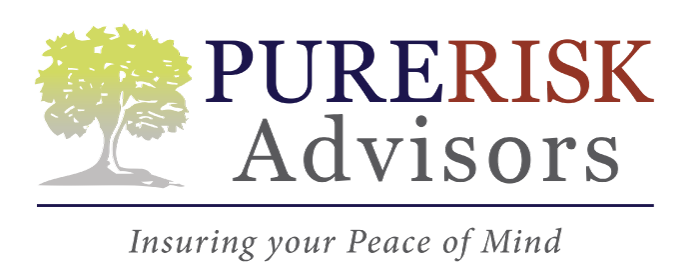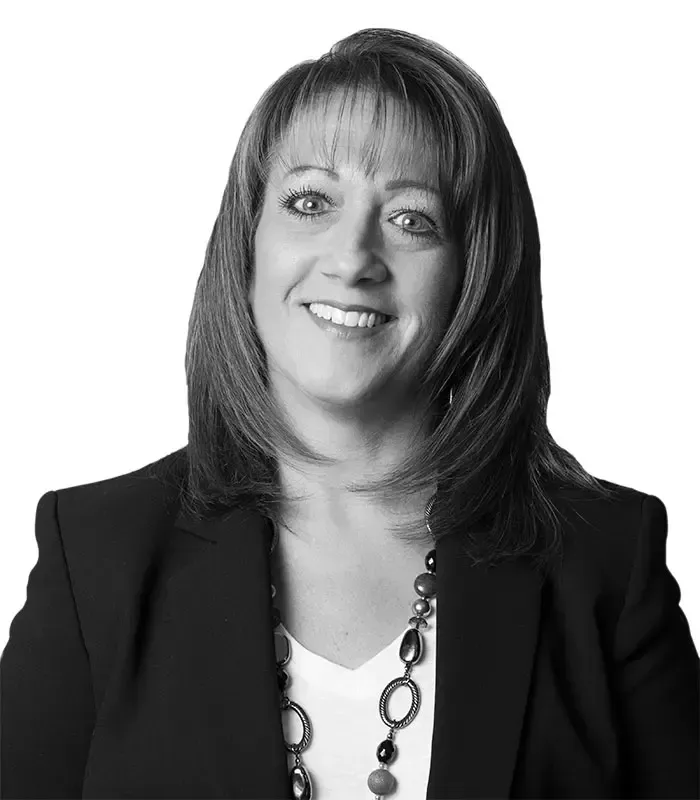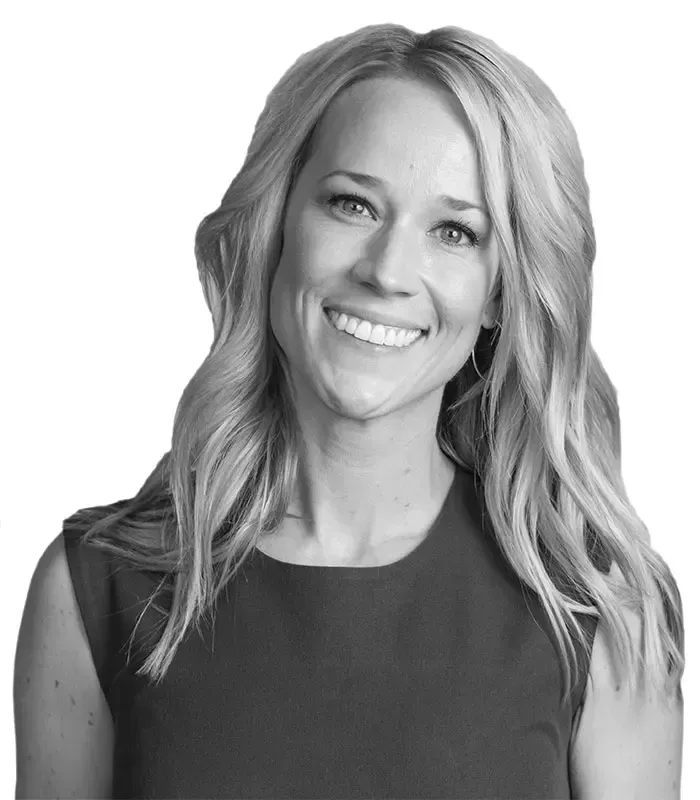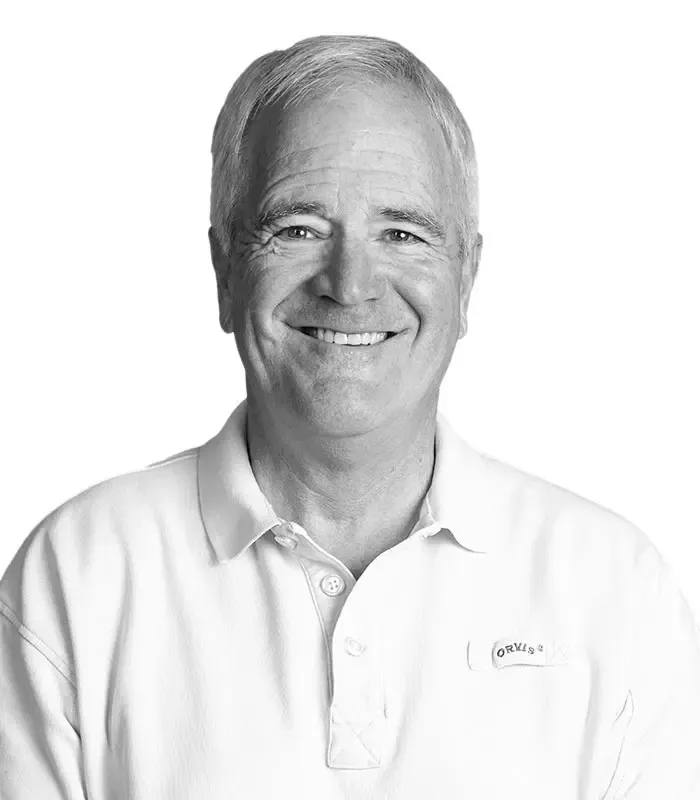Nebraska HOA Insurance
Discover the Pure Risk Advisors advantage, Colorado's leading independent business insurance agency, specializing in crafting tailored insurance solutions that safeguard your valuable business assets. Our steadfast dedication to offering bespoke service, together with our industry-specific expertise, ensures your business interests are shielded with premium coverage you can confidently rely on.
9:00am - 5:00pm Mon-Fri
We'll Reply in 15min*
Homeowners associations (HOAs) in Nebraska face a challenging insurance market in 2024. With insurance rates climbing sharply and coverage options narrowing, managing risk and protecting community assets has become more complex than ever. Nebraska’s unique exposure to severe weather events, especially hail, has pushed loss costs to record highs, directly impacting HOA insurance policies and premiums. Understanding these trends and what they mean for Nebraska HOAs is crucial for board members, property managers, and homeowners alike.
According to
Covered, Nebraska saw a staggering 22 to 23 percent increase in
homeowners insurance rates in 2024-double the national average increase of 11.4 percent. This surge reflects broader shifts in risk and claims severity that are reshaping the insurance landscape across the state.
Why Nebraska HOAs Face Rising Insurance Costs
Insurance premiums for HOAs in Nebraska have been rising faster than in many other states. A key driver is the increasing frequency and severity of weather-related losses. Nebraska recorded the highest loss cost for all perils combined in 2024, with hail damage leading the way. This is not a one-off event but part of a longer trend of escalating peril severity that insurers must account for when pricing policies.
Benjamin Keys, a real estate professor at the University of Pennsylvania’s Wharton School, explains, "A changing climate is shifting both the size of losses and where they are occurring." For Nebraska, this means more frequent hailstorms and other severe weather events that cause costly damage to roofs, siding, and common property areas managed by HOAs.
These environmental factors translate into higher claims payouts for insurers, who then pass those costs on to policyholders. The LexisNexis report highlights how Nebraska’s loss costs topped the nation in 2024 due to hail, underscoring the state’s exposure to this peril.
Market Dynamics and Coverage Availability
Beyond weather, the insurance market itself is tightening. According to industry voices, the days when HOAs could choose from multiple insurance providers are fading. One expert from Insurance Warehouse, which insures around 500 HOAs, noted, "The days of having two, three, or four options are long gone." This decline in carrier competition often leads to less favorable terms and higher premiums for associations.
HOAs must now navigate a market where coverage options are limited, and insurers are more selective about the risks they underwrite. This makes it essential for associations to work closely with brokers who understand the local market and can negotiate the best possible terms. Additionally, many HOAs are exploring alternative risk management strategies, such as self-insurance pools or risk retention groups, to mitigate the impact of rising costs. These approaches can provide a buffer against the volatility of the traditional insurance market, allowing associations to maintain more control over their financial exposure.
Moreover, the financial strain on HOAs is compounded by the need for increased maintenance and repair budgets to address the damage from severe weather events. As roofs and common areas require more frequent repairs or replacements, associations are finding it increasingly challenging to balance their budgets while ensuring adequate coverage. This situation is prompting many HOAs to engage in proactive risk assessments and invest in preventative measures, such as enhanced drainage systems and storm-resistant building materials, to reduce the likelihood of future claims and potentially lower their
insurance premiums in the long run.
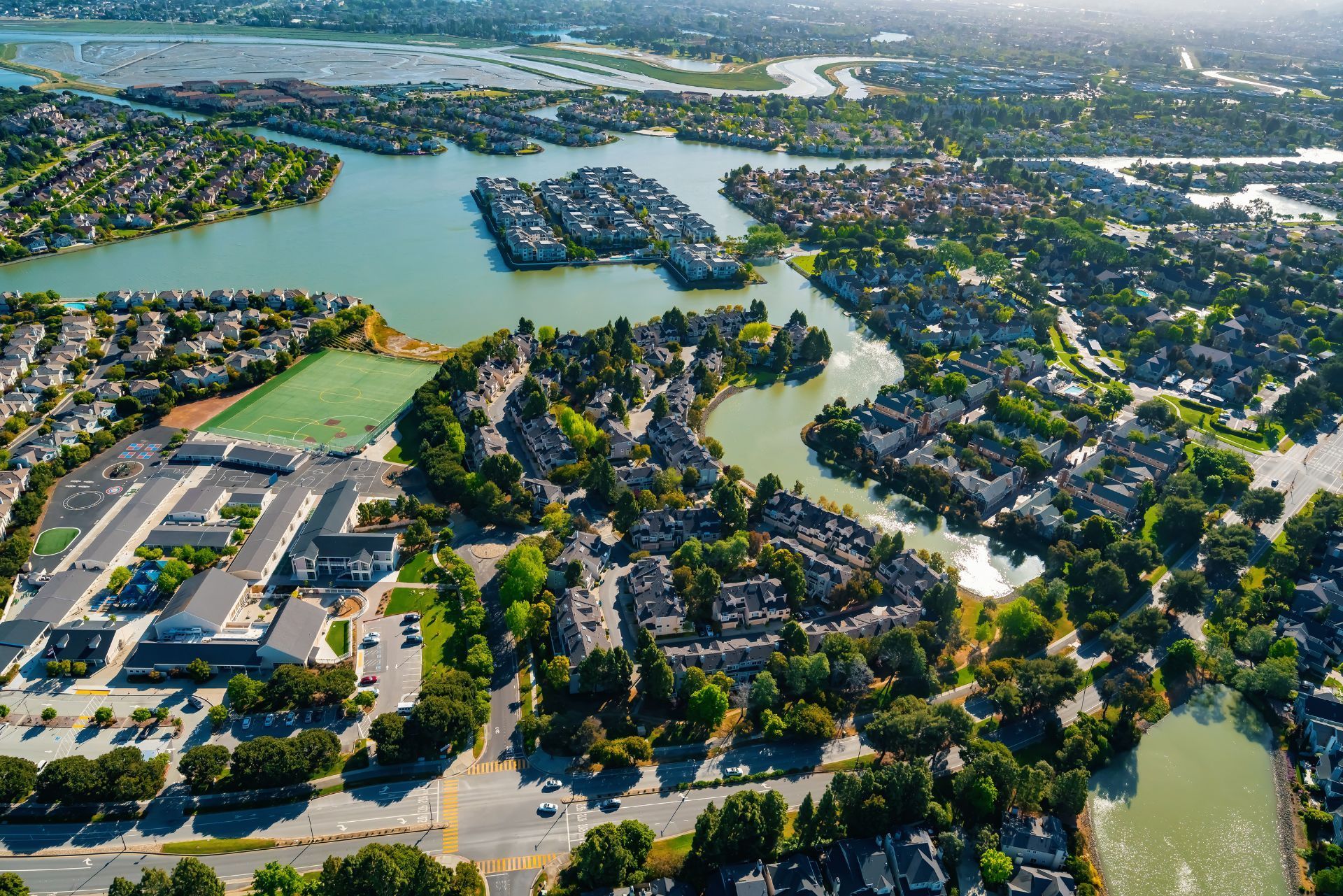

By: John Jacquat
Founder & President
Understanding Typical HOA Insurance Coverage in Nebraska
HOA insurance policies generally combine several types of coverage to protect the association’s property, liability exposure, and sometimes directors and officers (D&O) from lawsuits. Given Nebraska’s rising peril severity, understanding the scope and limits of these coverages is critical.
Property Insurance
This coverage protects buildings, common areas, and sometimes personal property owned by the HOA. With hail losses driving up claims, property insurance premiums have surged. The National Association of Home Builders (NAHB) reported an annual increase in property insurance expenses between 9.6% and 33.5% over recent years, with a 22.2% jump in 2023 alone. This trend directly affects HOAs’ budgets and reserve planning.
Property insurance typically covers damage from fire, wind, hail, and vandalism. For Nebraska HOAs, ensuring that policies include adequate hail coverage is vital given the state’s record loss costs. Some associations may need to consider higher deductibles or specialized endorsements to keep premiums manageable. Additionally, HOAs should regularly conduct property assessments to ensure that their coverage limits reflect the current value of their assets, as underinsurance can lead to significant financial strain during a loss event. Engaging with a knowledgeable insurance broker can also help associations navigate the complexities of policy options and find tailored solutions that address their unique risks.
General Liability
Liability coverage protects the HOA against claims arising from bodily injury or property damage occurring on common property. This is essential for defending against lawsuits from visitors or residents injured in shared spaces. Liability premiums have also been affected by the overall market hardening, though the impact is often less dramatic than property insurance. It is crucial for HOAs to maintain a comprehensive risk management strategy, which may include regular safety inspections and maintenance of common areas to mitigate potential hazards. Furthermore, implementing clear rules and guidelines for the use of shared facilities can help reduce liability exposure and foster a safer community environment.
Directors and Officers (D&O) Insurance
D&O policies safeguard HOA board members from personal liability related to management decisions. As legal scrutiny of HOA governance intensifies, this coverage has become increasingly important. While not directly influenced by weather-related claims, D&O premiums have risen in line with broader market conditions. The growing complexity of HOA regulations and the potential for disputes among residents can elevate the risk of litigation against board members, making D&O insurance a critical component of an HOA’s overall risk management strategy. Additionally, educating board members about their roles and responsibilities can help minimize risks associated with governance and decision-making, ultimately protecting both the individuals involved and the association as a whole.
Strategies for Nebraska HOAs to Manage Rising Insurance Costs
With premiums climbing sharply, Nebraska HOAs need proactive strategies to keep insurance affordable while maintaining adequate protection.
Risk Mitigation and Maintenance
Investing in regular maintenance and risk reduction can reduce claims frequency and severity. For example, replacing aging roofs with hail-resistant materials or improving drainage systems can help prevent costly damage. Insurers often reward associations that demonstrate strong risk management with more favorable rates. Additionally, implementing community-wide safety programs, such as neighborhood watch initiatives or regular safety inspections, can further enhance the perception of risk management among insurers. These proactive measures not only protect property but also foster a sense of community, encouraging residents to take part in maintaining the neighborhood’s safety and aesthetics.
Reviewing Coverage and Deductibles
HOAs should carefully review their insurance policies annually to ensure coverage matches current risks without unnecessary overlap. Increasing deductibles can lower premiums but requires the association to have sufficient reserves for out-of-pocket expenses. It is also beneficial to assess the specific needs of the community, such as unique environmental risks or the age of common structures, to tailor coverage effectively. Engaging in discussions with residents about their concerns and preferences can lead to a more informed decision-making process, ensuring that the chosen insurance plan aligns with the community's values and financial capabilities.
Working with Experienced Brokers
Given the shrinking market and complex risk environment, partnering with brokers who specialize in HOA insurance in Nebraska is critical. These professionals can help identify the best carriers, negotiate terms, and explore alternative risk transfer options such as captives or risk pools. A knowledgeable broker can also provide insights into emerging trends in the insurance market, helping HOAs stay ahead of potential challenges. Furthermore, they can assist in educating board members about the intricacies of insurance policies, enabling them to make more informed decisions that align with the long-term goals of the association.
As highlighted by the
Insurance Rise report, fewer options mean expert guidance is more valuable than ever for navigating coverage gaps and cost pressures. This situation underscores the importance of building strong relationships with insurance providers, as trust and communication can lead to better service and potentially lower rates. By fostering these connections, HOAs can position themselves favorably in negotiations, ensuring they receive the best possible coverage for their unique needs.
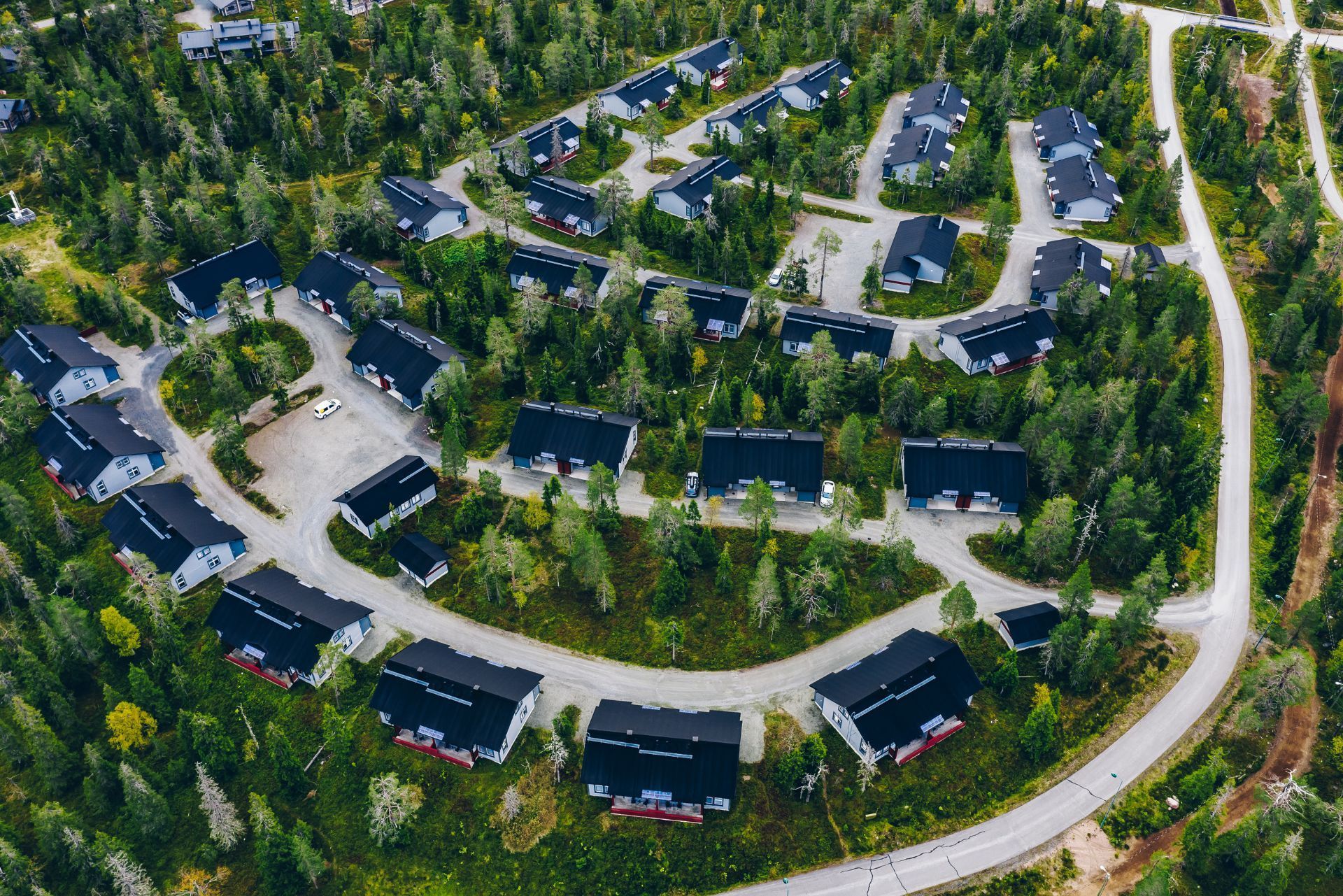
Long-Term Outlook for Nebraska HOA Insurance
Homeowners insurance premiums in Nebraska have increased dramatically over the past several years. LendingTree’s 2025 report shows a 72.3% cumulative increase in Nebraska premiums over six years, far outpacing the national average rise of 40.4%. This trend is unlikely to reverse soon given ongoing climate risks and market conditions. The impact of severe weather events, particularly in a state known for its unpredictable storms, has led to a heightened sense of urgency among homeowners and HOAs alike. As natural disasters become more frequent and intense, the insurance industry is forced to recalibrate its risk assessments, resulting in higher premiums and stricter underwriting standards.
HOAs must prepare for continued volatility in insurance costs and coverage availability. Building strong financial reserves, investing in risk reduction, and maintaining open communication with residents about insurance challenges will be essential. This proactive approach not only helps mitigate the financial burden on the community but also fosters a sense of trust and transparency among residents. Regularly scheduled meetings to discuss insurance matters and potential changes in coverage can empower homeowners to make informed decisions about their investments and the overall health of their community.
Boards should also stay informed about legislative developments and insurance market trends that could affect coverage options or regulatory requirements in Nebraska. Engaging with local insurance agents and industry experts can provide valuable insights into emerging risks and innovative coverage solutions. Additionally, understanding the nuances of state-specific regulations can help HOAs navigate the complexities of insurance procurement and compliance.
What Nebraska HOAs Should Keep in Mind
- Hail remains the top peril driving insurance losses and premiums in Nebraska.
- Insurance markets are tightening, reducing the number of carriers willing to insure HOAs.
- Property insurance costs have risen sharply, with a 22.2% increase in 2023 alone according to NAHB data.
- Expert advice and risk management can help control costs and improve coverage quality.
- Long-term planning is critical as premium increases are likely to continue amid climate and market pressures.
Moreover, HOAs should consider implementing preventative measures, such as regular maintenance of roofs and gutters, to mitigate potential damage from hail and other weather-related incidents. Investing in community-wide improvements, like enhanced drainage systems or storm-resistant landscaping, can also play a significant role in reducing overall risk. These strategies not only protect property values but also demonstrate to insurance providers that the community is proactive about risk management, potentially leading to more favorable insurance terms.
Finally, it is crucial for HOAs to educate their members about the importance of individual homeowners' insurance policies. While the HOA's master policy covers common areas and shared amenities, individual homeowners must also ensure they have adequate coverage for their personal property and liability. Workshops or informational sessions can empower residents to understand their insurance needs and make informed choices that benefit both themselves and the community as a whole.
Frequently Asked Questions About Nebraska HOA Insurance
Q: Why are Nebraska HOA insurance rates increasing so much?
A: Rising rates are driven mainly by increased claims from severe weather, especially hail, which has caused record loss costs in Nebraska. Market conditions and fewer insurance carriers also contribute to higher premiums. Additionally, the frequency of extreme weather events has led to a surge in claims, making insurers more cautious and prompting them to raise rates to cover potential future losses. This trend is not unique to Nebraska; many regions across the Midwest are experiencing similar challenges as climate patterns shift, leading to unpredictable weather phenomena.
Q: What types of insurance should a Nebraska HOA carry?
A: Most HOAs need property insurance, general liability coverage, and directors and officers (D&O) insurance to protect against common risks and legal exposures. Beyond these essentials, some HOAs may also consider additional coverages such as umbrella insurance for extra liability protection, or specialized policies that cover unique community features like pools, playgrounds, or clubhouses. Understanding the specific needs of the community can help tailor the insurance package, ensuring comprehensive coverage that addresses all potential risks.
Q: Can HOAs reduce their insurance premiums?
A: Yes. HOAs can lower premiums by investing in risk mitigation, reviewing coverage limits and deductibles, and working with knowledgeable brokers to find the best policies. Implementing preventive measures such as regular maintenance of common areas, installing security systems, and organizing community safety programs can also contribute to lower rates. Furthermore, some insurers offer discounts for HOAs that demonstrate proactive risk management, creating an incentive for communities to engage in these practices.
Q: How often should an HOA review its insurance policy?
A: Policies should be reviewed annually to adjust coverage for changes in property values, risk factors, and market conditions. It’s also advisable to conduct a thorough assessment whenever significant changes occur, such as renovations, new construction, or shifts in community demographics. Engaging with an insurance professional during these reviews can provide valuable insights and ensure that the HOA is not underinsured or overpaying for unnecessary coverage.
Q: Are there alternatives if insurance coverage is limited?
A: Some HOAs explore risk pools, captives, or self-insurance options, but these require careful planning and expert advice. Risk pools allow multiple HOAs to share resources and risks, potentially leading to lower costs and increased bargaining power with insurers. Alternatively, self-insurance can be a viable option for larger communities with sufficient financial reserves, enabling them to manage certain risks internally while still maintaining traditional insurance for catastrophic events.
Q: How does hail specifically impact HOA insurance in Nebraska?
A: Hail causes significant damage to roofs, siding, and common structures, leading to costly claims and higher premiums. Nebraska had the highest loss cost for all perils combined in 2024, largely due to hail. The impact of hail is not only immediate but also long-term, as repeated damage can lead to increased maintenance costs and decreased property values over time. HOAs may consider investing in hail-resistant materials or implementing community-wide storm preparedness measures to mitigate these risks and protect their investments.
Q: What role does climate change play in insurance costs?
A: Climate change is increasing the frequency and severity of weather events, shifting where losses occur and driving up insurance costs, as noted by experts like Benjamin Keys from Wharton School. Insurers are now factoring in climate-related risks into their pricing models, leading to higher premiums for areas that are more susceptible to natural disasters. This evolving landscape necessitates that HOAs stay informed about climate trends and consider proactive strategies to adapt to these changes, ensuring that their insurance policies remain relevant and effective in protecting their communities.
ABOUT THE AUTHOR:
John Jacquat
As President of Pure Risk Advisors, I’m dedicated to helping clients protect what matters most through clear, personalized insurance solutions. Since 2009, my focus has been delivering trusted coverage and guidance for individuals and businesses across Colorado and beyond.
The Pure Risk Process
Process of Working With A Business Insurance Agent in Colorado

Risk Analysis & Tailoring
Embark on a meticulous exploration of your business's unique vulnerabilities and aspirations. Pure Risk Advisors goes beyond mere coverage, ensuring you're equipped with solutions finely tuned to Colorado’s distinct business landscape.

Strategic Business Consultation
Dive deep into a strategic session with our seasoned specialists. By delving into your business model, aspirations, and challenges, we align our insurance recommendations not just to protect but to propel your business forward, keeping in mind Colorado’s intricate regulatory environment.

Swift Policy Integration
Upon discerning the optimal protection strategy, we streamline the activation process. Partnering with Pure Risk Advisors means more than just business insurance – it's about securing your enterprise's future with unmatched diligence and expertise in Colorado.
Pure Risk Advisors Team
Meet Our Colorado Professional Team Members
Meet the heart and soul of Pure Risk Advisors: our exceptional team. Each individual has been meticulously selected not just for their deep-rooted industry knowledge, but for their passion and commitment to genuinely serve our clients.
We pride ourselves on forging more than just business transactions; we build relationships. Our team doesn't see you as just another policy number. Instead, they view every interaction as a partnership, crafting solutions that resonate with your unique needs.
Dive in, get to know us, and discover firsthand why our team makes all the difference.
Client Testimonials
Amazing Feedback About Pure Risk Advisors

In today’s insurance marketplace, innovation and originality are important - but unless they’re accompanied by integrity and personalized service, they do little to accomplish a club owner’s goals. ACE National is proud to recognize John Jacquat and his company, Pure Risk Solutions, as one of our top-ranked premier industry providers. John has consistently mastered achievement in leadership, creating the best product for a client’s needs and following through on his word. I can recommend Mr. Jacquat without reserve if you’re in the market for club insurance.
Angelina Spencer
Executive Director of Ace National
Business Insurance Coverage in Colorado
Commercial Insurance Options
Business Owner's Policy
Coverage for property damage, liability, and business interruption combined.
General Liability Insurance
Protects against business liabilities like bodily injury and property damage.
Workers' Comp. Insurance
Covers employee injury costs, ensuring business and worker protection.
Professional Liability Insurance
Guard against professional mistakes, negligence, or services rendered failures.
Commercial Property Insurance
Broad protection against business-related injuries or property damage claims.
Commercial Auto Insurance
Coverage for business vehicles against damage, injury, or liability.
